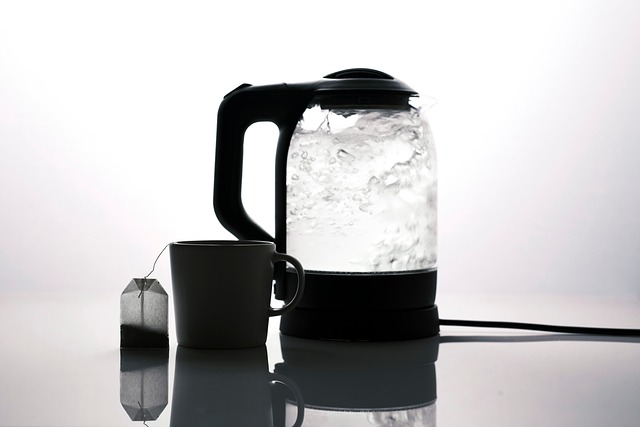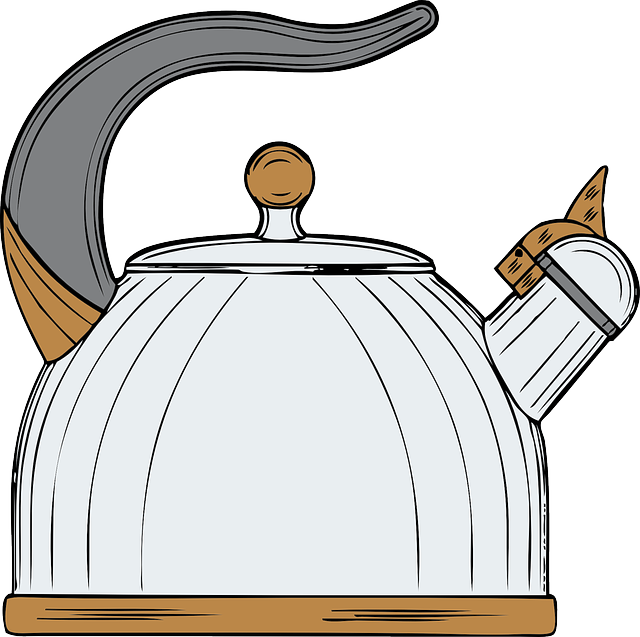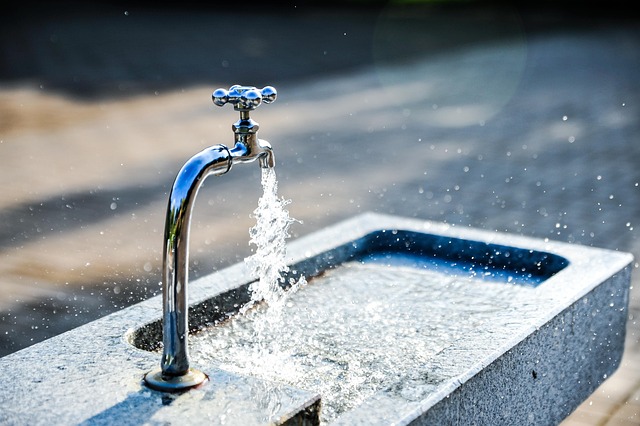Regular water heater maintenance is vital for optimal performance and longevity, with flush frequency guided by usage, local water mineral content, and heater age. Ignoring regular flushing leads to sediment and scale buildup, impacting efficiency and safety. Understanding appropriate flush intervals, especially for heavy use or hard water areas, prevents costly repairs, ensures consistent hot water, and promotes energy conservation.
Discover the optimal flushing frequency for your water heater—a question that may hold more significance than you think. This guide explores the ideal intervals, factoring in usage patterns, mineral buildup, and age. We delve into the benefits of regular maintenance, providing best practices to ensure a dependable heating system. Understanding when and how often to flush can extend your water heater’s lifespan, enhance efficiency, and prevent costly repairs—a surprising yet essential practice for smart home upkeep.
- Understanding Water Heater Flush Frequency
- Factors Influencing Flushing Interval
- Benefits and Best Practices for Regular Maintenance
Understanding Water Heater Flush Frequency

Understanding Water Heater Flush Frequency
Regular water heater maintenance is key to ensuring optimal performance and longevity of your appliance. While many homeowners assume annual flushing is sufficient, the actual frequency can vary based on several factors, such as usage, mineral content in your water supply, and age of the heater. Generally, it’s recommended to flush your water heater every 3 to 5 years, or roughly once a year for heavily used heaters or those with hard water.
Ignoring regular flushing can lead to buildup of sediment and scale inside the tank, which not only reduces efficiency but can also pose safety risks by potentially causing overheating or leaks. By understanding when and how often to flush your water heater based on its age and usage patterns, you can help prevent costly repairs and ensure consistent, safe hot water for your household.
Factors Influencing Flushing Interval

Regular flushing of your water heater is essential for maintaining its efficiency and longevity, but the frequency can vary based on several factors. One of the primary influences is the mineral content in your local water supply. Hard water, rich in calcium and magnesium, can lead to the buildup of scale inside the tank, requiring more frequent flushes. Areas with softer water may need less frequent maintenance.
Another critical factor is the size of your water heater and how much hot water you use daily. Larger heaters that serve households with higher hot water demands might accumulate sediment faster, necessitating more regular flushing. Additionally, water heaters in environments with fluctuating temperatures or those subjected to frequent temperature changes can benefit from more frequent maintenance to prevent potential issues.
Benefits and Best Practices for Regular Maintenance

Regular water heater maintenance is a crucial aspect of ensuring optimal performance and longevity of your heating system. One of the primary benefits is cost savings, as well as minimizing energy consumption. By flushing your water heater at regular intervals, you prevent sediment buildup—a common issue that can lead to reduced heating efficiency and even damage over time. This process involves releasing the accumulated debris, ensuring better water circulation, and allowing the heater to function more efficiently.
Best practices for water heater maintenance include setting up a schedule, typically every 3-6 months, depending on usage and local water conditions. During maintenance, it’s essential to turn off the heater, allow it to cool down, then carefully flush out the tank by opening the drain valve. This simple step goes a long way in maintaining the overall health of your water heater, preventing potential breakdowns, and ensuring consistent hot water supply for your household needs.
Regular water heater maintenance is key to ensuring optimal performance and longevity. While a common misconception suggests annual flushing, the frequency largely depends on usage and certain environmental factors. By understanding these variables and implementing best practices, such as flushing every 3-6 months, you can efficiently maintain your water heater, preventing costly repairs and minimizing energy consumption. Prioritizing water heater maintenance is an easy yet effective step towards smarter home management.
